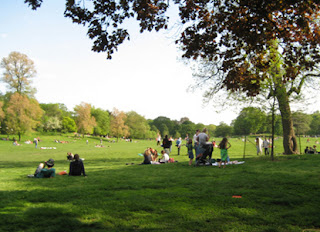Myself and my group couldn't talk for this finial marshmallow challenge. So we started to think about what we were going to do before the challenge started. we came up with a good and easy idea and it was to write down our thoughts. Not talking was the hardest part and wasting time was the easiest part. When we finish getting the spaghetti tall enough we put the marshmallow on top. And when we did that it was hard to keep it up standing straight. So we put long pieces of tap around it to keep it up. But at the end we mange to finish with the tallest sculpture and a marshmallow on top of it.
 |
| the last marshmallow challenge. |
I learned a lot over these missions challenge it was also a good a good experience. My team name is team awesome and the first time we did really bad ending up as the losing team, the second time my team ended up with the tallest sculpture doing awesome, and then the last one we won but we did it a little less than the second time. As you can see the picture below this is the whole group working and thinking together trying to keep it up. I think that working with the same group members again was a little better only because we knew each other more. I feel that it depends on what kind of group work is being done in oder for me to say I like working in groups.
.png) |
| this is the results of all three mission challenge of all the groups in cohort 5. |






